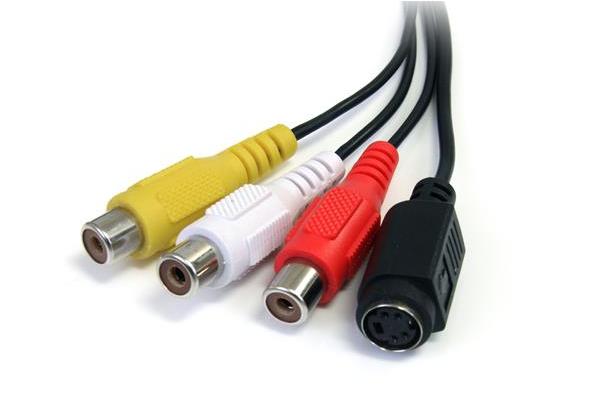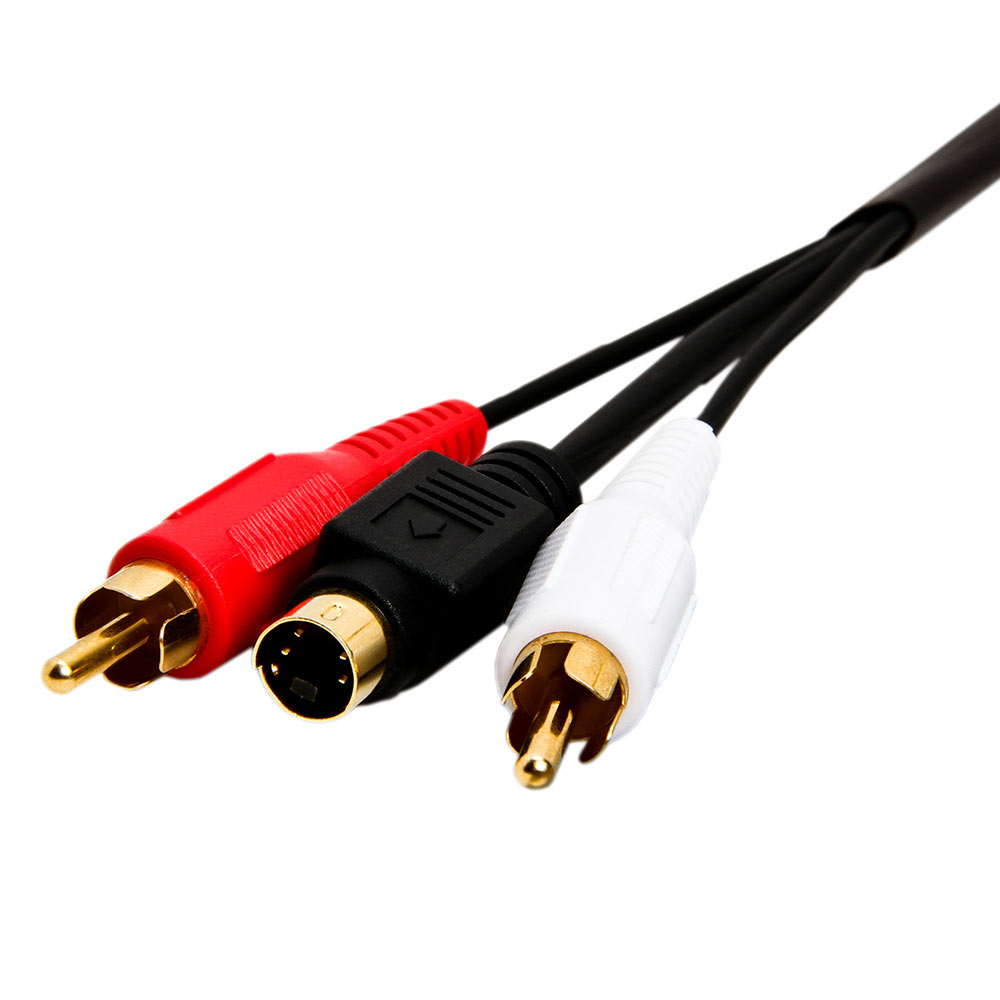How to Choose S-Video Cables
The S-video cable is an improvement over its predecessor, the composite video technology, and provides a richer viewing experience. The S-video cable however, cannot be used to transmit high-definition signals and thus cannot be fitted to HDMI video equipment. The store shelves are spilling over with S-video cables of various makes and from various brands. You will be forgiven for being confused when you need to buy a cable. However, before delving into the tips for buying an S-video cables, it is worthwhile to understand the technology a bit so that you can ascertain your needs accurately and thus make the right purchase.
The S-Video Technology
The S-video technology involves a separation of the information contained within the video signal (the “S” in the name incidentally stands for “separated”). The two separated signals—Chroma signal for chrominance or color and Luma signal for luminance or brightness—are transmitted simultaneously to the display device via two separate cables and synchronize to produce images that are sharper than when the video output is carried as one signal and through a single Composite video cable.
An S-video cable can only be connected to a video source that can support S-video output and a display device that has the appropriate input jack to connect an S-video cable. Many display devices like televisions and computer monitors and video sources like DVD players, cameras, and gaming consoles can support and play back S-video.
S-Video Cable Buying Guide
Now that you know about the S-video technology, you will be able to determine if such a cable will be able to address your viewing needs. When satisfied, keep in mind the following pointers when choosing an S-video cable:
- The longer the cable, the more the distance the signals have to travel to reach the display device. This increases the chances of loss of video quality and inadequate synchronization of signals.
- Shielding percentage is a critical factor to consider when judging the construction of a particular make of S-video cable. The signals traveling via these cables are prone to interference from electromagnetic and radio frequency waves generated by appliances in the vicinity. The more the shielding percentage of a cable, the better it can resist interference and thus the better is the signal quality.
When browsing through the various types of S-video cables, you will come across the following three common makes:
- Economy S-Video Cables: This cable is ideal for use across short distances such as less than 10 feet. As evident from the name, these are the cheapest makes around. However, they have a shielding percentage of less than 80 and usually, there is no braided foil or spiral shielding on it. This affects the durability of the cable and hence it is not ideal for volatile applications.
- Professional S-Video Cables: High-quality professional S-video cables have multiple shielding layers that may also include braided shielding with 90-95 percent coverage. This makes this cable resistant to electromagnetic and radio frequency interference. Some of the most durable cables are molded for more longevity. This cable provides ample value for money.
- Super Premium S-Video Cables: These cables come protected by high-quality braided shielding jackets and are made of highly conducive metals like aluminum or copper that can quicken the transmission of signals.
You do not have to spend a fortune to buy an S-video cable because the priciest make may be an overkill for your video application. So be wise and choose video cables that meet your needs and is cost-efficient.





